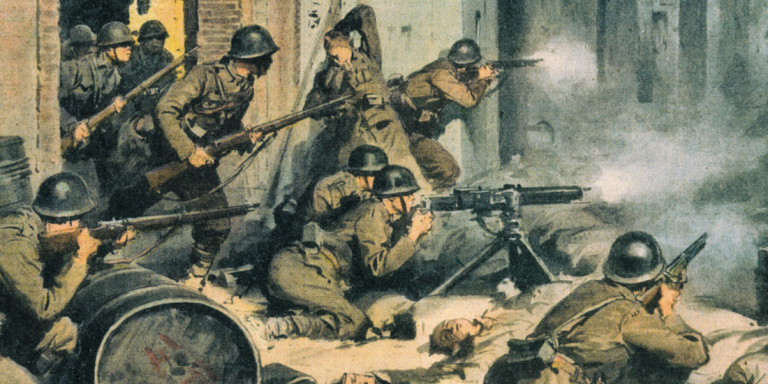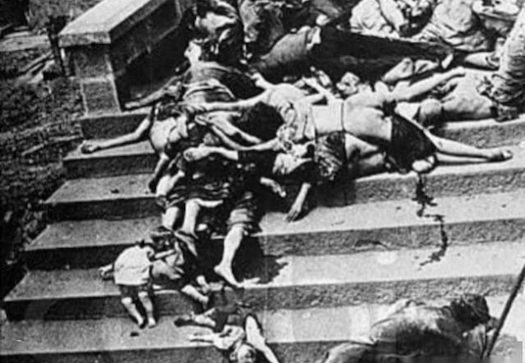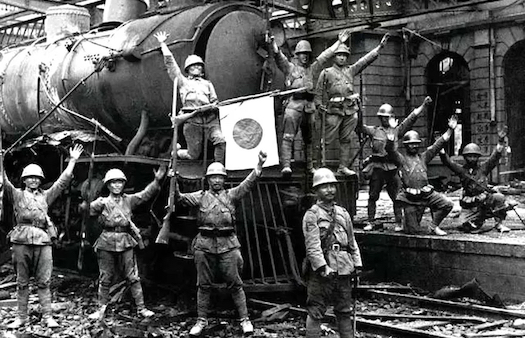
Eighty-eight years later, survivors and historians fight for acknowledgment of one of darkest chapters of World War II
New York, N.Y. – In December 1937, following the brutal capture of Shanghai, the Imperial Japanese Army surged towards the Chinese capital of Nanjing.
As its troops stormed the city’s defenses, a horrifying six-week campaign of systematic violence commenced. This onslaught was characterized by widespread torture, indiscriminate mass executions, and the orchestrated rape of countless women and girls.
During this brief but barbaric period, Japanese military forces perpetrated atrocities on an immense scale.
Estimates indicate they killed between 200,000 and 300,000 Chinese people, the overwhelming majority being unarmed civilians deliberately targeted.

Simultaneously, soldiers carried out approximately 20,000 rapes, targeting women of all ages, tragically including infants and young girls.
In a further act of unspeakable cruelty, a vast number of these rape victims were subsequently murdered, often by stabbing.
Known historically as the Nanjing Massacre or the Rape of Nanjing, these war crimes resulted in a death toll conservatively placed between 100,000 and 300,000, with tens of thousands more subjected to sexual assault and profound trauma.
The sheer brutality defied comprehension.
Eyewitness testimonies and international reports from the time provide harrowing evidence of the savagery: infants impaled on bayonets, entire families forced into pits and buried alive, and countless corpses left abandoned, “litter[ing] the streets for months” as the terrified survivors struggled amidst the ruins.
The Unfolding Horror
The massacre followed Japan’s capture of Shanghai in November 1937. As troops advanced on Nanjing, Chiang Kai-Shek ordered Chinese soldiers to evacuate, leaving civilians guarded by untrained auxiliaries.
A Western-led safety zone, established by missionaries and businessmen,
sheltered 250,000 refugees but collapsed as Japanese troops ignored its neutrality.
Soldiers—”hungry, undisciplined and exhausted” after brutal marches—sought revenge for combat losses. Diaries from the era recount contests to kill 100 civilians with swords and widespread immolation. By February 1938, one-third of Nanjing lay incinerated.
The Numbers War

Historical consensus agrees on the massacre’s scale but diverges sharply on death tolls.
Chinese archives cite 260,000–350,000 victims and 20,000–80,000 rapes. Japanese revisionists, however, claim “seven cases of rape” occurred and dismiss casualty figures as Chinese propaganda.
Scholars label these extremes “corpse minimisers” and “corpse maximisers,” noting how politics distorts research.
For China, the massacre anchors national identity as a “paradigmatic example of Japanese brutality”; for Japan, acknowledging it risks “self-flagellation.”
This chasm ensures “no amount of discussion [will] bridge this gap,” observes historian James Burnham Sedgwick.
Memory and Memorialization

In 1985, China opened the Nanjing Massacre Memorial Hall, featuring a “pit of ten thousand corpses” and archives later added to UNESCO’s Memory of the World Register.
Yet Japan’s educational curricula and official statements often obscure the event.
Veterans like engineer Tanida Isamu denied witnessing killings despite photographing corpse-strewn streets, later building a park commemorating Japan’s occupation.
The Tokyo Trials prosecuted only a fraction of perpetrators, and Emperor Hirohito avoided scrutiny entirely. As survivor testimonies dwindle, activists warn that denial enables historical erasure.
The Unhealed Wound
The massacre remains a live wire in Asian geopolitics. China frequently condemns Japan’s “downplay[ing] or den[ial of] official complicity,” while Japanese conservatives accuse China of leveraging victimhood for “moral ascendancy.”
Generational shifts offer scant resolution: descendants of war criminals often “protest their innocence,” perpetuating impunity. With rising nationalism in both nations, the massacre’s legacy—symbolized by Nanjing’s preserved mass graves—continues to demand accountability.
Nanjing Massacre Legacy Endures Amid Denial, Demands for Justice (June 22, 2025)